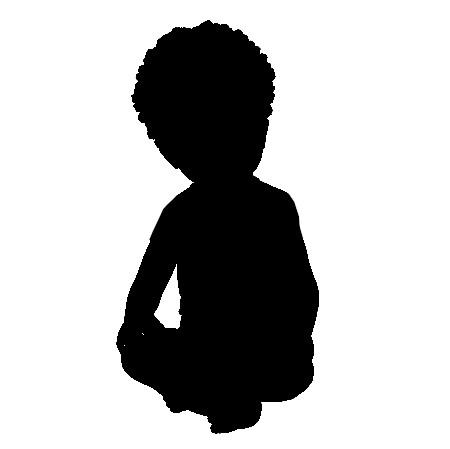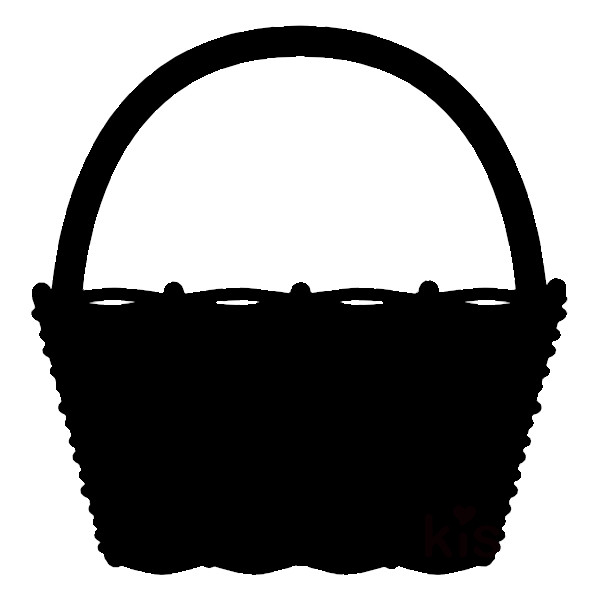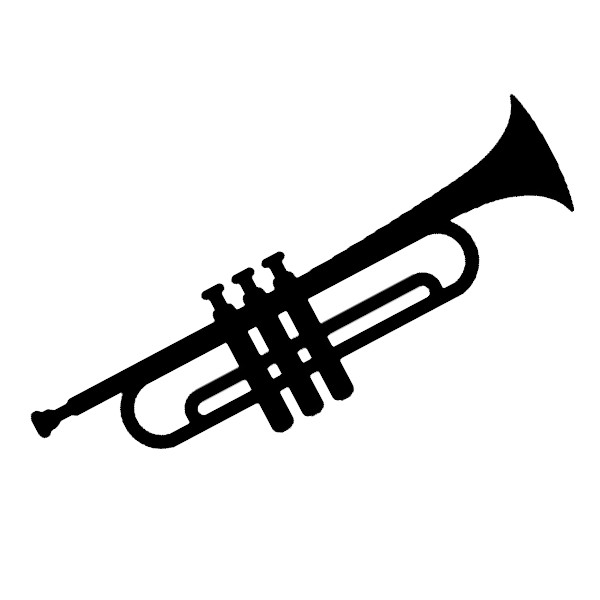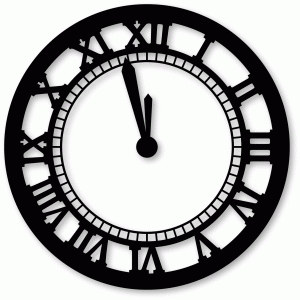Among the ranks of Framingham’s enslaved people are well-known heroes of the Revolutionary War Crispus Attucks and Peter Salem. But the nature of enslavement is such that for every Crispus Attucks, there were legions of less famous names — Hannover, Blaney Grusha, Gloster, Jane — and countless others we may never know. Their systematic dehumanization means that, in most cases, the only remaining evidence of their lives can be found in estate inventories and sales receipts like this one, written records in which they are treated no differently than a common household object.




































































A note on baptisms: Although we have the records of when some of these enslaved people were baptized, this does not mean that they were necessarily baptized as children. Many enslaved people, especially those who were taken directly from Africa as adults, were baptized in adulthood.